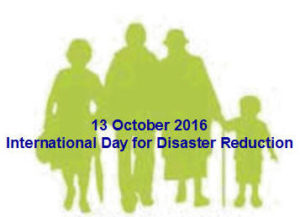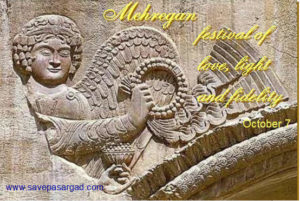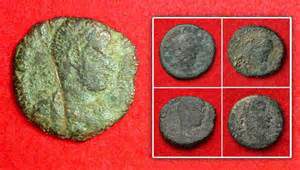 October 13th celebrated the International Day for Disaster Reduction (IDDR). This date has been designated by the UN Assembly to promote a global culture of disaster reduction, including disaster prevention, mitigation and preparedness.
October 13th celebrated the International Day for Disaster Reduction (IDDR). This date has been designated by the UN Assembly to promote a global culture of disaster reduction, including disaster prevention, mitigation and preparedness.
The International Day for Disaster Reduction aims to demonstrate the different and varied ways that people and communities are working to reduce disaster risks and raise awareness about the importance of Disaster Risk Reduction. This day also serves to encourage all citizens and governments to actively participate in building societies and nations that are more resilient to disasters.
The theme chosen for this year was “Living with Disabilities and Disasters,” intending to draw attention to the importance of integrating the needs of people living with disabilities in decisions and policies for reducing the risks of disasters


















